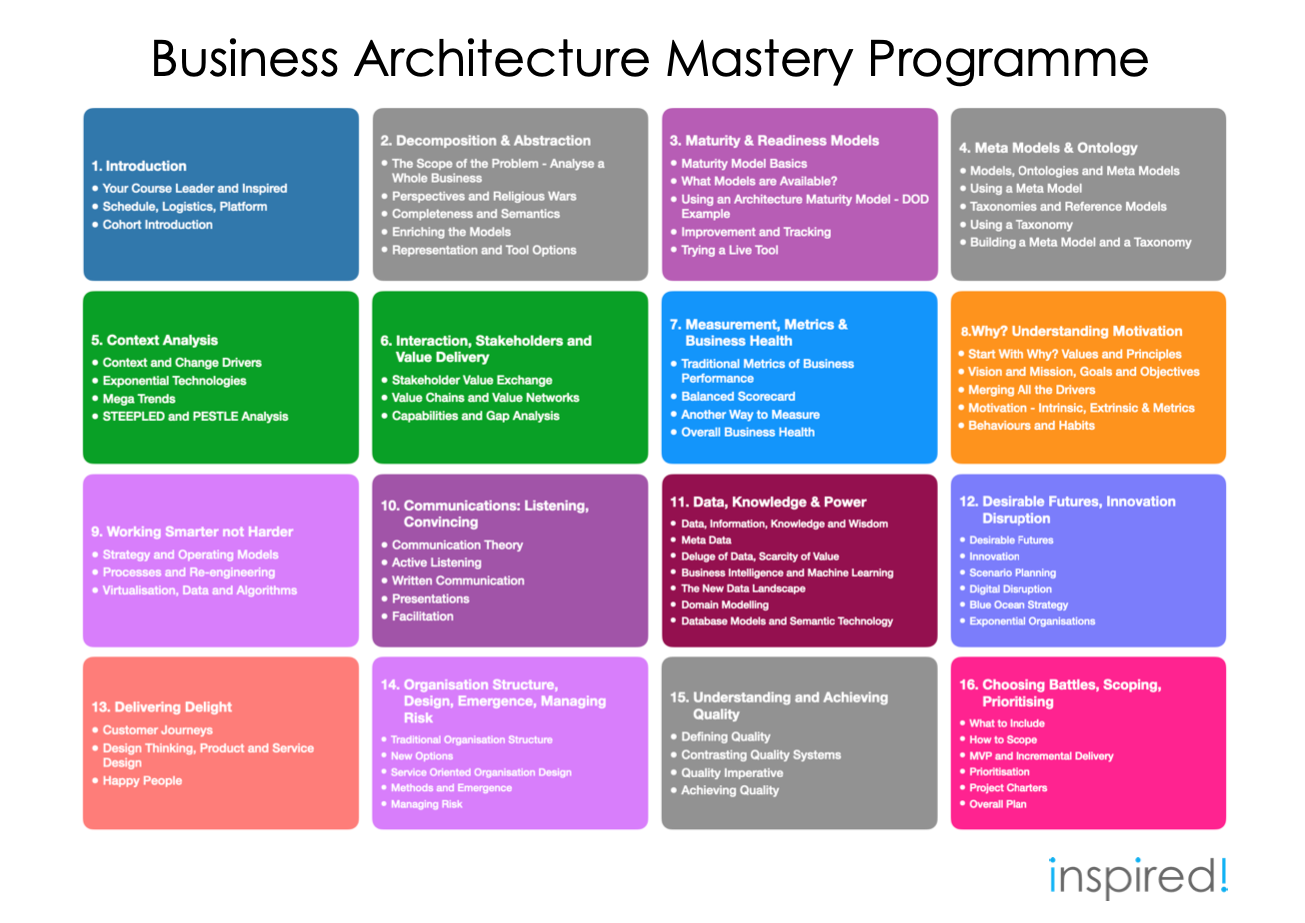Alan Kay is the source of two quotes I love:
1. The best way to predict the future is to invent it
2. Context is worth 60 IQ Points
Many enterprise and business architecture methods advocate aligning with business strategy. This alone indicates that they themselves are coming from another perspective than business strategy! In the case of methods like TOGAF® that is reflecting their history as IT Enterprise Architecture approaches.
We contend that Business Architecture and Strategy are inextricably interwoven. We also believe that the important stuff to worry about when doing strategy is “out there”, i.e. in the context, not internal. We have control over things like organisation structure, process, value stream (to an extent) and capabilities. What we don’t have control over, but which we absolutely must pay attention to in our strategy is the stuff out there, such as competition, legislation, social change, technology innovation, politics and the state of the economy.
It is absolutely vital that we understand our current context and future scenarios for how this will evolve before we choose direction and commit resources. For example, we don’t want to build a new internal combustion engine car model when we will not be allowed to sell it in a zero emissions future city. We don’t want to create a physical store to try to compete in an industry that has gone completely digital (e.g. music), unless, of course we have identified and are happy with a niche audience (e.g. those who prefer buying music on vinyl). We do not want to bring a service to market that legislation will prohibit us selling.
Understanding the context is vital to making sensible choices for future product and service offerings and hence the organisation, capabilities, partners, processes, technology, systems and data these will require. A good technique for considering contextual issues is STEEPLED, which stands for: Social, Technology, Economic, Environment, Politics, Legal, Ethical and Demographics. These are best considered in facilitated workshops exploiting scenario analysis techniques. We may also have to draft in participants with specialist knowledge.
Equally important is understanding all the Stakeholders and how we interact with them. These parties include Customers, Shareholders, Partners, Suppliers, Regulators, Unions, Industry Bodies, Related Companies etc. We like to do a Stakeholder Net Value Exchange (SNVE) model to identify what each party contributes and expects. This can be a brilliant starting point for downstream analysis including business events, value streams, process analysis and information analysis.
If you want more information on methods that integrate these perspectives and techniques, please visit inspired.org. There is also training, the Holistic Architecture Language and tools.








